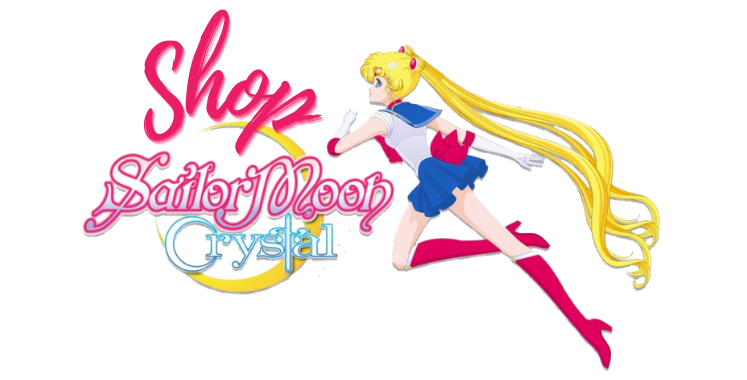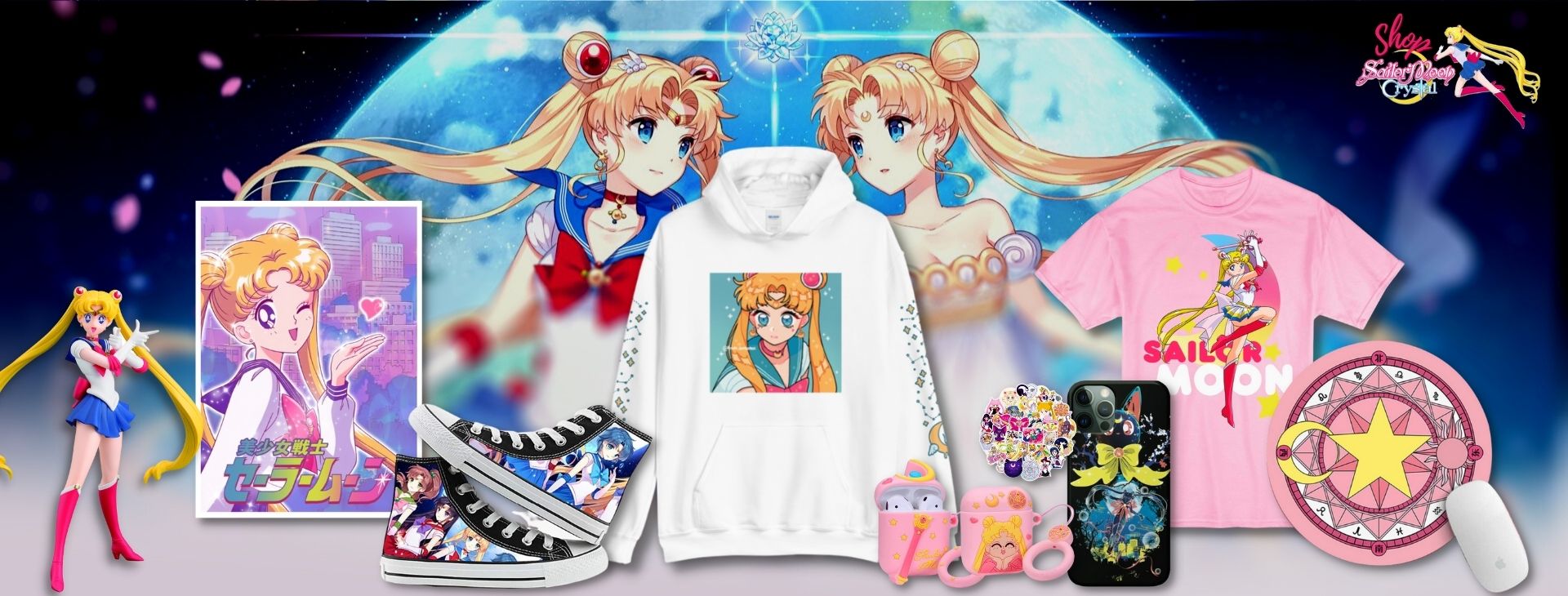Non classé
Exploring Identity and Reality in Perfect Blues Twisted World
Exploring Identity and Reality in Perfect Blue’s Twisted World
Perfect Blue, an iconic psychological thriller animated film directed by Satoshi Kon, masterfully blurs the line between reality and illusion. At its core, the film intricately explores themes of identity, the impact of fame, and the psychological toll of living in a world where perception is easily manipulated. As the narrative unfolds, viewers are thrust into the tumultuous life of Mima Kirigoe, a former idol who embarks on a career as an actress, ultimately causing her to confront her own fractured identity. The film is a potent commentary on the nature of identity in the age of media, reflecting the struggles of individuals who wrestle with the expectations imposed upon them by society and their own aspirations.
The Dichotomy of Mima’s Identity
Mima’s transition from a pop idol to a serious actress serves as a backdrop to the exploration of duality in identity. Throughout the film, we witness Mima grappling with her alter ego, caught between her public persona and her private self. The audience is drawn into her internal conflicts as she seeks to break free from the sugary innocence of her idol days, only to find herself haunted by her past. This dichotomy suggests that identity is not a fixed attribute but a fluid construct, shaped by personal experiences and societal perceptions. As Mima’s reality begins to fracture, her experiences resonate with anyone who has ever felt the pressure of societal standards and the struggle to maintain one’s own identity in the face of external expectations.
The Role of Technology and Fame
In today’s digital age, the themes of Perfect Blue continue to resonate profoundly. The rise of social media platforms has transformed how identities are perceived and constructed. Much like Mima, many individuals navigate an online presence that can often feel like a facade, curated to fit desired perceptions. The film poignantly captures the dark side of fame and the way it can distort one’s sense of self. With the emergence of fan culture, where obsession can lead to dangerous consequences, the narrative serves as a cautionary tale about the traps of public adoration and private despair. Mima’s experiences underscore the fragility of the human psyche when faced with societal pressures and the relentless gaze of the public.
Perfect Blue Shop: An Extension of the Film’s Themes
The Perfect Blue Shop serves as a unique nod to the film’s lasting impact on pop culture and fandom. By offering merchandise and collectibles inspired by the film, the shop provides fans the opportunity to engage with Mima’s story on a deeper level. However, it also invites reflection on the commercialization of identity and how fans consume the narratives of their favorite characters. Just as Mima struggles with her manufactured identity in the spotlight, fans interacting with the Perfect Blue Shop are also partaking in a complex relationship with the media that shapes their understanding of characters and identities. This interplay further emphasizes the cyclical nature of identity formation—how it’s influenced by both the media we consume and the personal narratives we construct in response.
Conclusion: The Legacy of Perfect Blue
Perfect Blue remains a pivotal work that challenges audiences to reflect on their own identities amidst an ever-changing media landscape. By artfully intertwining themes of fame, technology, and the psychological aspects of identity, Satoshi Kon’s film continues to resonate with viewers. As we navigate our own ‘twisted worlds’, grappling with who we are in a society that constantly pushes us to be something else, Mima’s journey serves as a stark reminder of the importance of self-acceptance and the pursuit of authenticity in a world laden with illusion. Ultimately, Perfect Blue stands as a powerful exploration of the complexities of identity and reality, leaving a profound legacy that continues to inspire discourse within both film and cultural studies.

